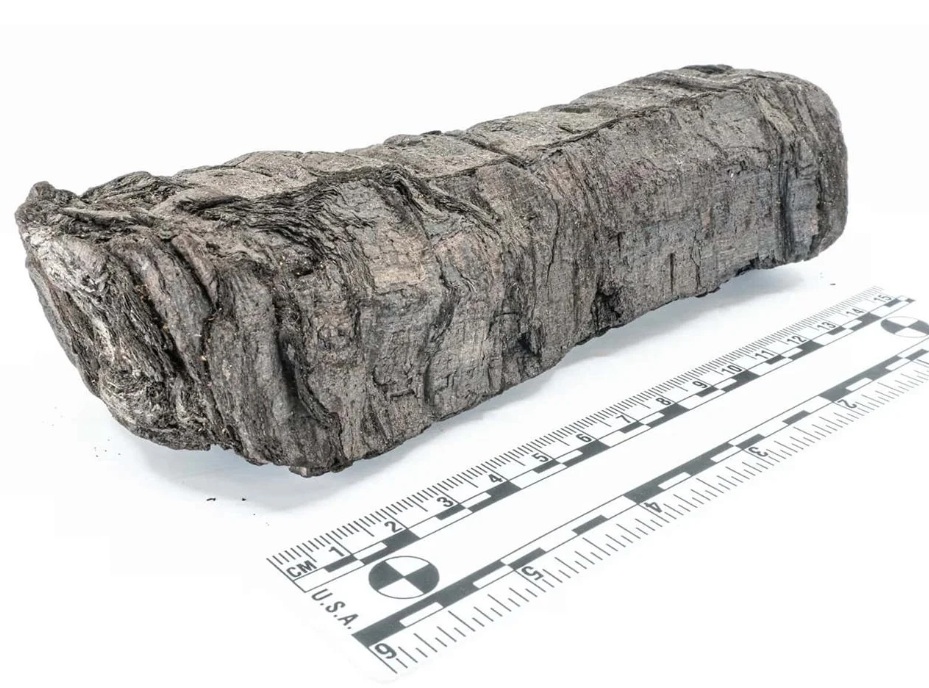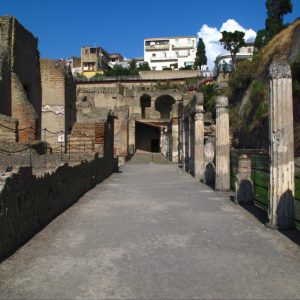Turin University will lead an international team using X-rays to decipher two papyri of an unknown work by a third-century BC Greek philosopher. The papyri were found at Herculaneum, the Roman town buried by Vesuvius in 79 AD.
The project aims to reconstruct the thought of Stoic philosopher Chrysippus of Soli. He played a key role in developing logic, physics, and ethics. Researchers will produce the first modern edition of *On Providence*, a treatise in at least five books. Until now, only indirect testimonies existed.
Scholars will study and decipher the only existing manuscripts, which contain the first two books of the work. The European Commission has funded the project with two million euros. It will begin at the Department of Historical Studies at the University of Turin. Professor Christian Vassallo, Chair of Papyrology, will lead the interdisciplinary team.
Experts will use advanced manuscript deciphering techniques, including scanning X-ray macro-fluorescence, in collaboration with the CNR Institute of Cultural Heritage Sciences in Naples. Researchers will also conduct experiments to distinguish ‘superimposed’ and ‘underlaid’ elements in the manuscripts. Bibliometric and mathematical techniques will help reconstruct the original scroll length and sequence of surviving fragments.
The project will impact papyrology and the history of ancient philosophy. It will open new research perspectives on Stoic philosophy and the Hellenistic understanding of the world’s order.
Also read: Herculaneum papyri reveals Plato’s burial place
AI Unlocks Text from Ancient Herculaneum Papyri
Meanwhile, new technology has recently allowed scholars to read words from one of the world’s oldest scrolls, dating back two millennia. The scroll, known as PHerc. 172, was found at Herculaneum and had long been considered unreadable due to the damage caused by Mount Vesuvius’ eruption in 79 AD.
Scientists used artificial intelligence (AI) and advanced X-ray imaging to virtually unroll the fragile papyrus and reveal words in ancient Greek. The intense heat from the eruption carbonized the scrolls, making them too brittle to open. Researchers have feared for centuries that these texts, believed to contain ancient philosophical works, would remain lost forever.
Using a synchrotron, a particle accelerator that produces powerful X-rays, scientists at the UK’s Diamond Light Source created a 3D reconstruction of the scroll. AI algorithms developed for the Vesuvius Challenge then analyzed the scans, detecting ink within the papyrus layers.
“This scroll contains more recoverable text than we have ever seen in a scanned Herculaneum scroll,” said Dr Brent Seales, co-founder of the Vesuvius Challenge and principal investigator at the EduceLab at the University of Kentucky. “Despite these exciting results, much work remains to improve our software methods so that we can read the entirety of this and the other Herculaneum scrolls.”
Among the first words deciphered were ἀδιάληπτος (‘foolish’), διατροπή (‘disgust’), φοβ (‘fear’), and βίου (‘life’). These words suggest the scroll could be a work by Philodemus of Gadara, a 1st-century BC philosopher and poet. Scholars note that his writings frequently use the term ‘foolish’, supporting the attribution. The writing style also matches other texts linked to Philodemus.
Both projects highlight the growing role of technology in unlocking lost texts. They could provide unprecedented insight into ancient Greek philosophy and literature.





